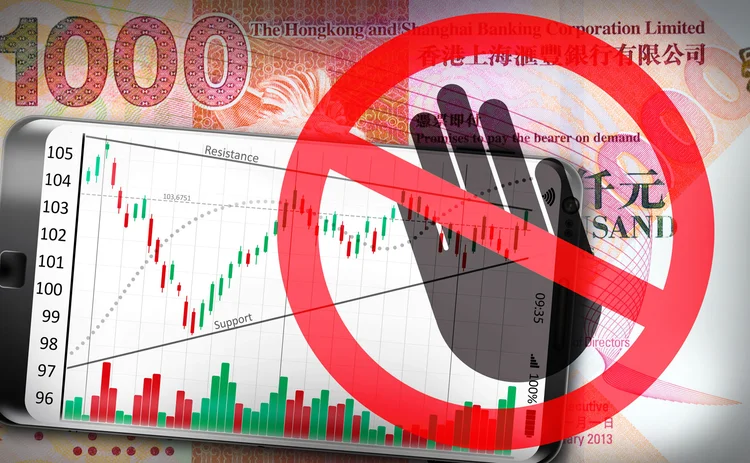
Swap Connect growth hampered by unwinding issues
Users’ inability to trade bespoke swaps to unwind positions deters foreign investors

While China’s Swap Connect structure was unveiled with great fanfare in May, one significant flaw is keeping many foreign investors from using it: they can’t unwind their positions.
Launched on May 15, Swap Connect gives foreign investors access to China’s onshore interest rate swap market, which allows them to hedge their onshore China bond exposures.
Under the scheme, foreign investors face the Hong Kong Exchange’s (HKEX) central counterparty – OTC Clear – while their onshore counterparties
Only users who have a paid subscription or are part of a corporate subscription are able to print or copy content.
To access these options, along with all other subscription benefits, please contact info@risk.net or view our subscription options here: http://subscriptions.risk.net/subscribe
You are currently unable to print this content. Please contact info@risk.net to find out more.
You are currently unable to copy this content. Please contact info@risk.net to find out more.
Copyright Infopro Digital Limited. All rights reserved.
As outlined in our terms and conditions, https://www.infopro-digital.com/terms-and-conditions/subscriptions/ (point 2.4), printing is limited to a single copy.
If you would like to purchase additional rights please email info@risk.net
Copyright Infopro Digital Limited. All rights reserved.
You may share this content using our article tools. As outlined in our terms and conditions, https://www.infopro-digital.com/terms-and-conditions/subscriptions/ (clause 2.4), an Authorised User may only make one copy of the materials for their own personal use. You must also comply with the restrictions in clause 2.5.
If you would like to purchase additional rights please email info@risk.net
More on Markets
Shaking things up: geopolitics and the euro credit risk measure
Gravitational model offers novel way of assessing national and regional risks in new world order
Eurex squashes butterflies with Stir incentives
Rebate caps on low-risk strategies flatten mid-curve bulge in €STR contracts
The relativity of the fractional Gamma Clock
Bank of America quant expands his Gamma Clock model with a fractional Brownian motion
Volatility selling is down, but not out
Shrinking risk premiums could end cycle of vol suppression, traders say – but not just yet
Futures gain ground in G10 FX pricing
Some market-makers believe contracts are now primary market price for Commonwealth currencies
AI ‘lab’ or no, banks triangulate towards a common approach
Survey shows split between firms with and without centralised R&D. In practice, many pursue hybrid path
Everything, everywhere: 15 AI use cases in play, all at once
Research is top AI use case, best execution bottom; no use is universal, and none shunned, says survey
Citi rolls out revamped SDP in emerging markets
Unified API will boost electronic pricing and automation for restricted currencies, says bank







